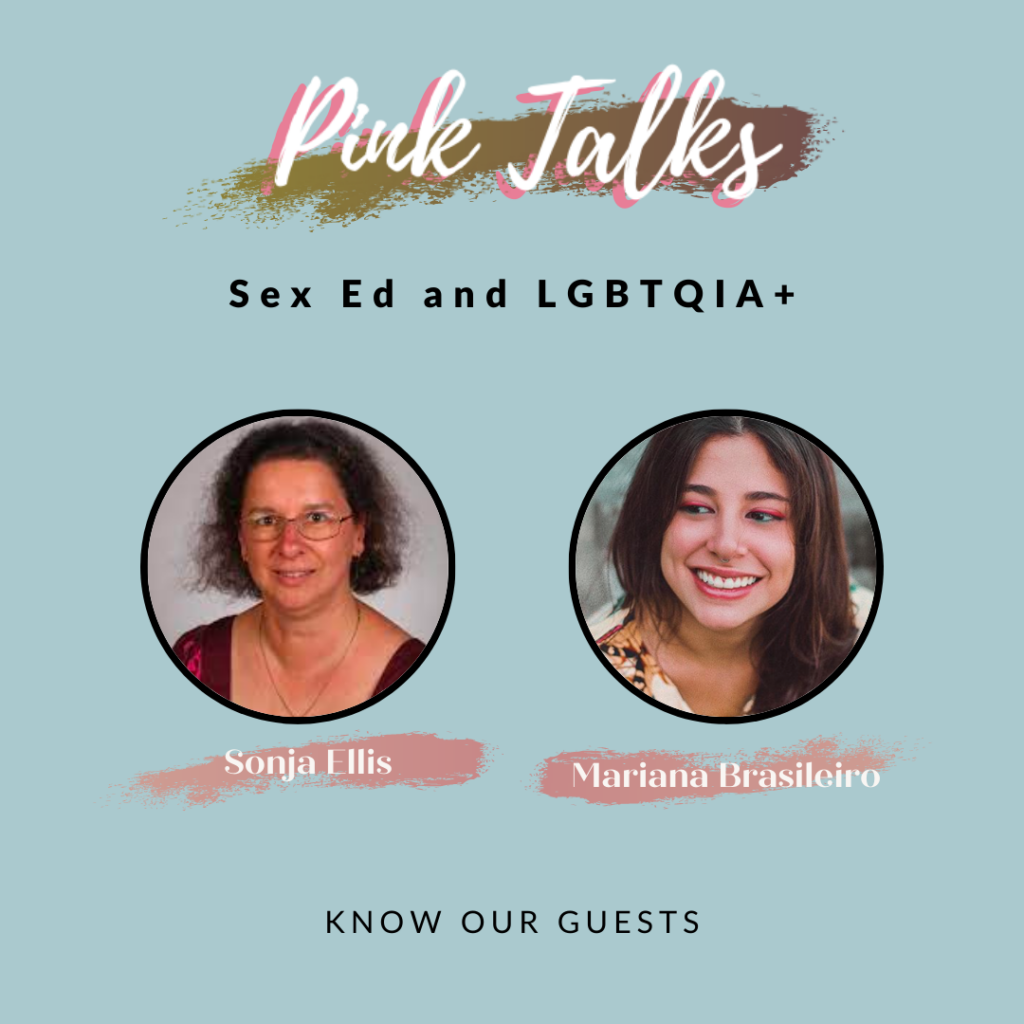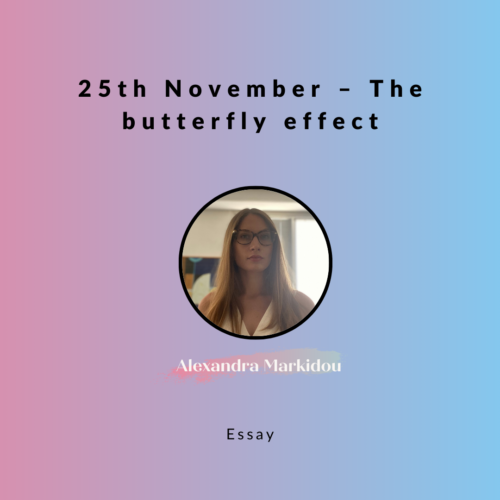Sex education is still a debatable topic, that’s why it is even harder to discuss its curriculum. In this context, together with Dr. Sonja Ellis and Mariana Brasileiro, we questioned the quality of sex education, policy, and its translation into school.
Sex Ed and LGBTQIA+
Higher sex education must be inclusive, but what does inclusive mean? It integrates diverse sexualities and genders, diverse sexual practices, diverse cultures, and cultural histories that transcend the white male-female depiction. Ellis points out that non-binary gender is part of the cultural history of the indigenous population in New Zealand. The diversity we resolutely fear and reject is older than we like to admit.
To be inclusive, students have to learn in safe spaces. It’s in the hands of teachers to create confident, sex-positive, shame-free spaces. The shame and discomfort teachers and, in general, adults feel are transferred to young people. Being a youngster who may or may not think about one’s own sexuality, who is or isn’t sexually active, and to come daily to a non-safe space affects their mental well-being. A well-rounded sex education teaches children to see and understand diverse sexual journeys. In the survey Dr. Ellis conducted for her paper, some heterosexual people confessed they wanted to access information not for engaging in same-sex relations, but for learning more.
Inclusive means also discussing consent, relationships, and negotiation around sex practices rather than presenting protection methods. Although the policy reflects these didactic strategies, the practice fails in giving more scope and broadening the topic outside of gender and sexuality. For example, consent is not tied to gender, but is a general aspect of human relations. We need to teach in a non-gendering and non-labeling way that integrates sexual education into other curriculums and addresses it as part of a whole. Let’s talk about consent in Pride and Prejudice, The Handmaid’s Tale, and Jane Eyre.
Sexuality journey
The problem with sex education is the binary, heteronormative framing. Young people have to understand the complexity of gender and sexuality both for themselves and their friends, and feel represented.
Another problem is the discourse centered around gender and gender identity rather than sexuality. When the stress does fall on sexuality, heterosexuality is portrayed as the only option. Even in this scenario, the speech solely focuses on intercourse and the risks of pregnancy, STIs, and/or moral punishments. Sex is more than male-female intercourse. By limiting to a traditional standpoint, we exclude sexual practices, sexual identities, and sex forms. Besides including LGBTQIA+ sexualities, we have to change the angle we look at the community. We tend to assume that it is about same-sex relations, when, in fact, it is about people who may not identify as heterosexual.
Context makes a big difference in policy and practice. In New Zealand, “we like to think that we are quite liberal, but actually, I think, in many ways, we are quite conservative”, says Sonja. The gay community is legally accepted, but on the societal level, the strong Christian communities, and the catholic schools interfere in the curriculums. Although seen as conservative, the UK is more open to sex education. The countries that are doing better in teaching it are Norway and Sweden.
The generational gap plays a role in the teaching process. Often, teachers and parents have limited knowledge about diversity with the addition of another gap between their personal experience and knowledge and students’ personal experience and knowledge.
Sex ed: vehicle for wider scope contexts
Inclusive sexual education means social justice and human rights. First, the silence around LGBTQIA+ is a denial of children’s human rights to find out about non-heteronormative realities and express their true selves. Silence exacerbates the psychological stress, anxiety, and depression that minorities face and reinforces the stigma and prejudice around these communities. To censor the information and the space children grow in is harmful to both marginalized groups and privileged ones.
Show resources

Dr. Sonja Ellis is an established researcher and professor in the field of LGBTQ+ psychology. Her research interests focus primarily on social justice issues relevant to LGBTQ+ people but also on gender and sexuality in adolescence. Along with Damien Riggs (Flinders University) and Liz Peel (Loughborough University), she is also a co-author of the textbook Lesbian, Gay, Bisexual, Trans, Intersex, and Queer Psychology: An Introduction (Cambridge University Press, 2020). She has recently completed a study on sexuality, sexual health, and knowledge of STIs among teenagers; and is currently engaged in a research project exploring the inclusion of sexuality and gender diversity in sexuality education.
Mariana Brasileiro has graduated in media studies and is currently enrolled in a master’s in Gender studies. She is currently living in Portugal after coming from her home country Brazil 5 years ago. She is a cis bisexual woman, and her interests lie in the area of intersectional feminism, focusing on the situation of immigrant women and LGBTQ+.
Articles
Fine, M. (1988). Sexuality, Schooling, and Adolescent Females: The Missing Discourse of Desire. Harvard Educational Review, 58(1), 29-53.
https://doi.org/10.17763/haer.58.1.u0468k1v2n2n8242
Sexuality, Schooling, and Adolescent Females: The Missing Discourse of Desire | The Pleasure Project.



